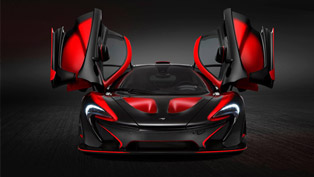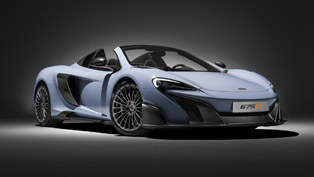Meet the Last McLaren P1™ with Production Number 375
 Say goodbye to McLaren P1, because its 375th and final example was just produced… And that's it for the P1. This brings the curtain down for the most technologically advanced and dynamically accomplished supercar ever created! If you remember, the launch of P1 was lined with an important aim: to be the best drivers' car on road and track. And it has proven to be one indeed.
Say goodbye to McLaren P1, because its 375th and final example was just produced… And that's it for the P1. This brings the curtain down for the most technologically advanced and dynamically accomplished supercar ever created! If you remember, the launch of P1 was lined with an important aim: to be the best drivers' car on road and track. And it has proven to be one indeed.
The production start was in 2013 and all cars were sold prior to the first one being delivered. And by the way, the first P1 was finished in Ice Silver paintwork and featured a lot of carbon. And each of these 375 examples was custom-built to the exacting specifications of its owner. This of course, didn't happen without the help of the team at McLaren Special Operations (MSO), which have ensured that no two cars are the same.
The Last P1
The absolutely last example of the McLaren P1™ is finished in stunning pearlescent orange. The color was achieved via unique tinting process and its echoes the shade of the 64th and final McLaren F1 roadcar, with chassis number #075. And in fact, this color also inspired the Volcano Orange paint scheme, which is available today across the McLaren Automotive range.
SEE ALSO: MSO Releases One-Off Red-Accented McLaren P1 [UPDATED]
In addition, the 375th McLaren P1 features carbon fibre splitter, diffuser and the aerodynamic blades along the lower body. It also rides on super-lightweight wheels that come in silver finish. MSO "touched" the interior and included gloss black detailing for the switchgear, instrument bezels and air conditioning vents. Carbon fibre is also used for the racing seats, which were upholstered in black and orange Alcantara contrasted with appropriate also carried on the steering wheel.
McLaren P1 is the Ultimate Supercar
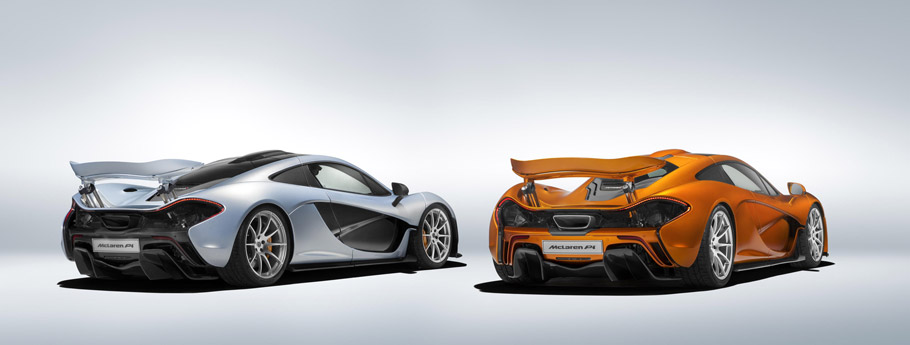
McLaren P1 was the first model in the exclusive Ultimate Series, powered by a combination of a petrol engine and lightweight electric motor. The supercar also features wide range of new technologies as well as weight-saving technologies and materials such as the including the extensive application of carbon fibre. Therefore the McLaren P1™ has a dry weight of just 1,450kg.
As mentioned, the powertrain comprises of a 3.8-litre twin turbo V8 petrol engine mated with a lightweight, highly powerful electric motor which. They produce together 903 hp (664 kW) at 7,300rpm and 900Nm (664 lb-ft) of torque. McLaren P1 is also very fast and it proves this via its acceleration time from 0 to 100 km/h that is happening in 2.8 seconds. The 200km/h is reached in 6.8 seconds and 300km/h achieved in just 16.5 seconds. The Vmax is 350km/h (217 mph). The powertrain also shows very good efficiency, returning 34.0mpg (8.3l/100km) on the EU combined cycle with CO2 emissions of only 194g/km.
Check out the car's amazing two-year history in numbers below.
McLAREN P1™ in Numbers:
|
13 x eXperimental Prototype |
| 5 x Validation Prototype | |
| 3 x Pre-Production | |
| 375 x production cars | |
|
800 hours |
|
105 |
|
5-8 litres of base coat colour (dependent on colour). 8-9 litres of lacquer |
|
up to 5 days depending on specification |
|
Volcano Yellow |
|
620,000kms – 15.5 times around the world |
|
The Americas – 34 percent |
| Europe – 26 percent | |
| Middle East & Africa – 13 percent | |
| Asia Pacific – 27 percent |
Source: McLaren
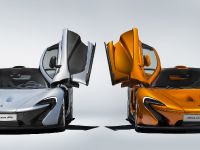
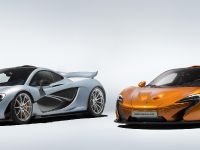

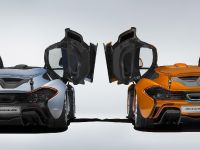
![Production McLaren P1 GTR Debuts in Geneva [VIDEO]](http://www.automobilesreview.com/uploads/2015/01/2016-McLaren-P1-GTR-FF.jpg)
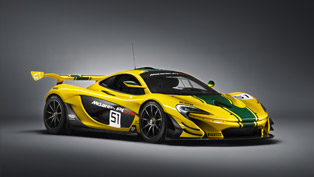
![MSO Releases One-Off Red-Accented McLaren P1 [UPDATED]](http://www.automobilesreview.com/uploads/2015/05/2015-McLaren-P1-by-MSO-FF.jpg)
